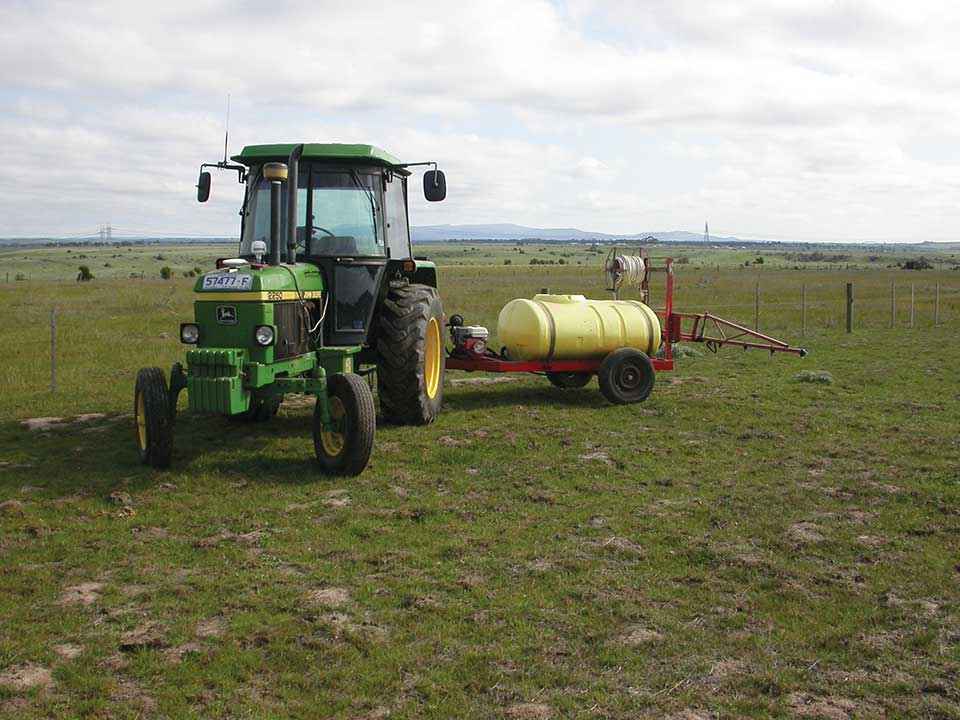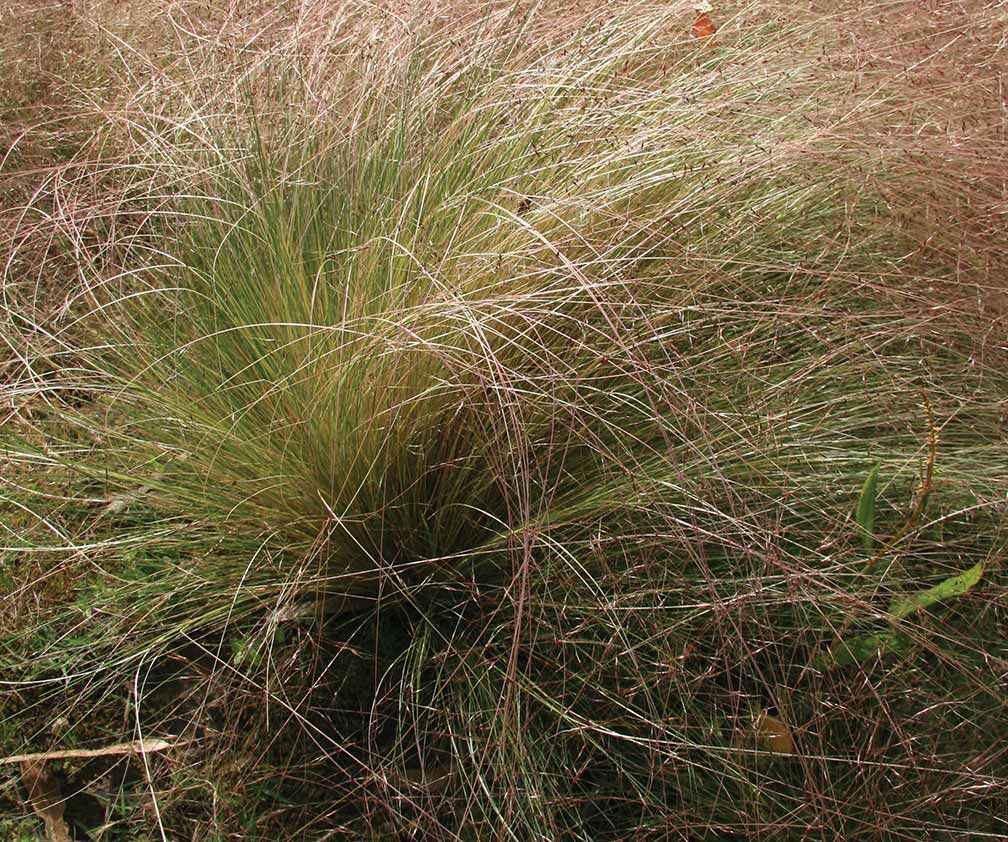Victorian Landcare Magazine - Spring 2020, Issue 79

The Victorian Serrated Tussock Working Party (VSTWP) has undertaken a recent survey of weed hygiene processes as the first step in developing a best practice manual on weed hygiene for contractors and land managers.
The VSTWP contracted a research company to survey a broad cross section of 41 stakeholders. The respondents were a mix of private contractors, local governments, CMAs, linear reserve managers and public/private landowners.
The VSTWP has seen a number of cases over the past few years where invasive plants such as serrated tussock and Chilean needle grass have been spread across the landscape through poor vehicle and machinery hygiene.
The VSTWP has seen a number of cases over the past few years where invasive plants such as serrated tussock and Chilean needle grass have been spread across the landscape through poor vehicle and machinery hygiene. This has resulted in new infestations where these weeds had previously not occurred. One example is roadside slashing conducted when invasive plants are in full seed. The seed can then be carried on machinery to new locations.

Above: Serrated tussock can produce up to 10,000 seeds per plant per year.
The survey highlighted the complex collaborative networks involved in invasive plant management.
Ninety per cent of land managers surveyed had a weed management strategy in place, with 87 per cent of these indicating that their strategy is mostly followed. Respondents were generally confident in establishing their weed management strategy and response plans, despite limited awareness and usage of the wide variety of weed management information resources available to them. Half of the landholders surveyed encountered difficulties in putting the plans into practice, particularly with mapping, monitoring and actively responding to weed outbreaks.
Three-quarters of respondents employed contractors to work on their land, with a range of control mechanisms in place (formal and informal) relating to weed hygiene. However, only 20 per cent audit their contractors annually or more often, with 39 per cent reporting they have never conducted an audit. Audits conducted in the past 12 months found 69 per cent compliance, with the remaining audits finding only minor infractions.
The VSTWP will use the results to produce a booklet for best practice weed hygiene and contract management for all stakeholders and contractors in the field. The most affordable method of control for invasive plants is prevention of spread. The VSTWP will be focusing its efforts on serrated tussock and other invasive plants across Victoria.
Ivan Carter is Community Engagement Officer for the VSTWP.
For more information on the survey email info@serratedtussock.com